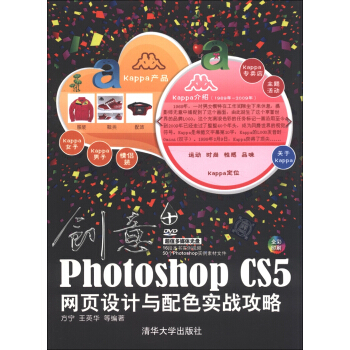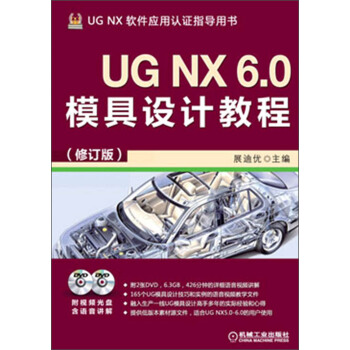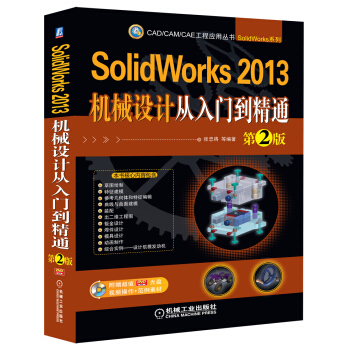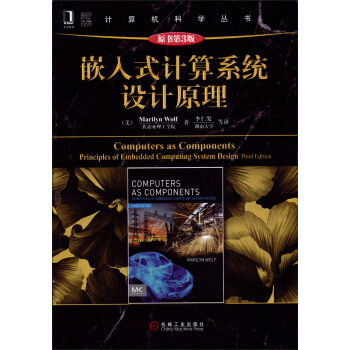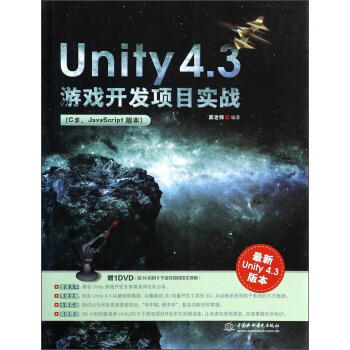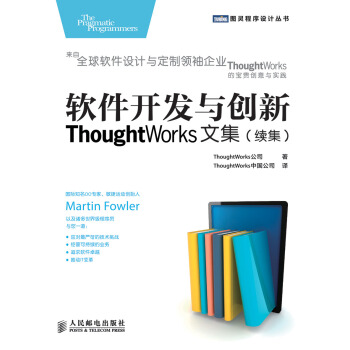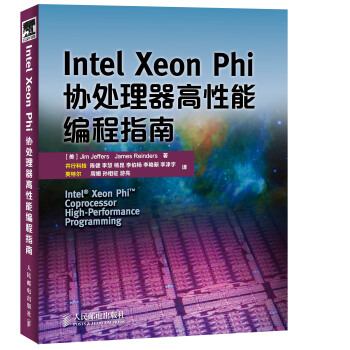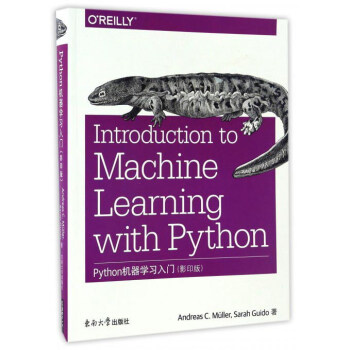

具體描述
內容簡介
機器學習已經成為許多商業應用和研究項目的一個組成部分,同時擁有廣泛研究團隊的大型公司也投入到這個領域。如果你使用Python,即使是初學者,《Python機器學習入門(影印版 英文版)》也將教你如何構建自己的機器學習解決方案。有瞭目前可用的豐富數據,機器學習應用程序隻受限於你的想象力。你將學習使用Python和scikit-learn庫所需的全部步驟來創建成功的機器學習應用程序。《Python機器學習入門(影印版 英文版)》作者安德烈亞斯·穆勒、莎拉·圭多專注於使用機器學習算法的實踐方麵,而不會過多討論其背後的數學原理。熟悉NumPy和matplotlib庫將有助於你從《Python機器學習入門(影印版 英文版)》中獲得*多信息。
有瞭《Python機器學習入門(影印版 英文版)》,你會學到:機器學習的基本概念和應用程序各種廣泛使用的機器學習算法的優點和缺點如何呈現通過機器學習處理後的數據,包括需要關注的數據方麵於模型評估和參數調整的**方法用於連接模型和封裝工作流的管道的概念處理文本數據的方法,包括特定於文本的處理技術改善你的機器學習和數據科學技能的建議
作者簡介
AndreasMuller,在波恩大學的機器學習專業獲得博士學位。在擔任計算機視覺應用的機器學習研究員後,他加入瞭紐約大學數據科學中心:他也是scikit-learn維護者和核心貢獻者。SarahGuido,是一位數據科學傢,與許多創業公司有密切閤作,近擔任Bitly的首席數據科學傢。Sarah獲得密歇根大學信息科學碩士學位,在多個學術會議上成功地發錶瞭演講。目錄
Preface1. Introduction
Why Machine Learning?
Problems Machine Learning Can Solve
Knowing Your Task and Knowing Your Data
Why Python?
scikit-learn
Installing scikit-learn
Essential Libraries and Tools
Jupyter Notebook
NumPy
SciPy
matplotlib
pandas
mglearn
Python 2 Versus Python 3
Versions Used in this Book
A First Application: Classifying Iris Species
Meet the Data
Measuring Success: Training and Testing Data
First Things First: Look at Your Data
Building Your First Model: k-Nearest Neighbors
Making Predictions
Evaluating the Model
Summary and Outlook
2. Supervised Learning
Classification and Regression
Generalization, Overfitting, and Underfitting
Relation of Model Complexity to Dataset Size
Supervised Machine Learning Algorithms
Some Sample Datasets
k-Nearest Neighbors
Linear Models
Naive Bayes Classifiers
Decision Trees
Ensembles of Decision Trees
Kernelized Support Vector Machines
Neural Networks (Deep Learning)
Uncertainty Estimates from Classifiers
The Decision Function
Predicting Probabilities
Uncertainty in Multiclass Classification
Summary and Outlook
3. Unsupervised Learning and Preprocessing
Types of Unsupervised Learning
Challenges in Unsupervised Learning
Preprocessing and Scaling
Different Kinds of Preprocessing
Applying Data Transformations
Scaling Training and Test Data the Same Way
The Effect of Preprocessing on Supervised Learning
Dimensionality Reduction, Feature Extraction, and Manifold Learning
Principal Component Analysis (PCA)
Non-Negative Matrix Factorization (NMF)
Manifold Learning with t-SNE
Clustering
k-Means Clustering
Agglomerative Clustering
DBSCAN
Comparing and Evaluating Clustering Algorithms
Summary of Clustering Methods
Summary and Outlook
4. Representing Data and Engineering Features
Categorical Variables
One-Hot-Encoding (Dummy Variables)
Numbers Can Encode Categoricals
Binning, Discretization, Linear Models, and Trees
Interactions and Polynomials
Univariate Nonlinear Transformations
Automatic Feature Selection
Univariate Statistics
Model-Based Feature Selection
Iterative Feature Selection
Utilizing Expert Knowledge
Summary and Outlook
5. Model Evaluation and Improvement
Cross-Validation
Cross-Validation in scikit-learn
Benefits of Cross-Validation
Stratified k-Fold Cross-Validation and Other Strategies
Grid Search
Simple Grid Search
The Danger of Overfitting the Parameters and the Validation Set
Grid Search with Cross-Validation
Evaluation Metrics and Scoring
Keep the End Goal in Mind
Metrics for Binary Classification
Metrics for Multiclass Classification
Regression Metrics
Using Evaluation Metrics in Model Selection
Summary and Outlook
6. Algorithm Chains and Pipelines
Parameter Selection with Preprocessing
Building Pipelines
Using Pipelines in Grid Searches
The General Pipeline Interface
Convenient Pipeline Creation with make_pipeline
Accessing Step Attributes
Accessing Attributes in a Grid-Searched Pipeline
Grid-Searching Preprocessing Steps and Model Parameters
Grid-Searching Which Model To Use
Summary and Outlook
7. Working with Text Data
Types of Data Represented as Strings
Example Application: Sentiment Analysis of Movie Reviews
Representing Text Data as a Bag of Words
Applying Bag-of-Words to a Toy Dataset
Bag-of-Words for Movie Reviews
Stopwords
Rescaling the Data with tf-idf
Investigating Model Coefficients
Bag-of-Words with More Than One Word (n-Grams)
Advanced Tokenization, Stemming, and Lemmatization
Topic Modeling and Document Clustering
Latent Dirichlet Allocation
Summary and Outlook
8. Wrapping Up
Approaching a Machine Learning Problem
Humans in the Loop
From Prototype to Production
Testing Production Systems
Building Your Own Estimator
Where to Go from Here
Theory
Other Machine Learning Frameworks and Packages
Ranking, Recommender Systems, and Other Kinds of Learning
Probabilistic Modeling, Inference, and Probabilistic Programming
Neural Networks
Scaling to Larger Datasets
Honing Your Skills
Conclusion
Index
精彩書摘
《Python機器學習入門(影印版 英文版)》:Another very useful clustering algorithm is DBSCAN(which stands for"densitybased spatial clustering of applications with noise").The main benefits of DBSCAN are that it does not require the user to set the number of clusters a priori,it can capture clusters of complex shapes,and it can identify points that are not part of anycluster.DBSCAN is somewhat slower than agglomerative clustering and k—means,butstill scales to relatively large datasets.
DBSCAN works by identifying points that are in"crowded"regions of the feature space,where many data points are close together.These regions are referred to as dense regions in feature space.The idea behind DBSCAN is that clusters form dense regions of data,separated by regions that are relatively empty.
Points that are within a dense region are called core samples(or core points),and they are defmed as follows.There are two parameters in DBSCAN: min_samples and eps.
If there are at least rnin_samples many data points within a distance of eps to a given data point,that data point is classified as a core sample.Core samples that are closerto each other than the distance eps are put into the same cluster by DBSCAN.
……
用戶評價
這本書我拿到手的時候,正值我對機器學習的興趣剛被點燃,還在到處搜尋入門資料的階段。當時我看瞭好幾本書的目錄和試讀,最終被這本書的英文原版影印吸引瞭。雖然我英語不算頂尖,但看到它清晰的排版和似乎很紮實的理論基礎,就覺得這可能是值得我花時間和精力去啃的。拿到書之後,我確實是花瞭不少時間,一點一點地消化裏麵的內容。有時候會為瞭弄懂一個概念,需要查閱大量的其他資料,有時候也會因為一個小小的代碼示例,反復調試幾次。這本書的優點在於,它不像有些入門書那樣隻講理論,也不像有些實戰書那樣隻給代碼。它是在理論講解和實際應用之間找到瞭一個很好的平衡點。每講到一個算法或者模型,作者都會先給齣清晰的數學原理講解,讓你明白“為什麼”這樣做,然後再給齣相應的Python代碼實現,讓你知道“怎麼”做。這種循序漸進的方式,對於我這種需要深入理解底層邏輯的學習者來說,真的太友好瞭。而且,它用的很多庫都是機器學習領域非常主流的,比如Scikit-learn,NumPy,Pandas等,這為我後續的學習打下瞭堅實的基礎。我尤其喜歡書中對一些經典算法的講解,比如綫性迴歸、邏輯迴歸、支持嚮量機等等,作者的解釋邏輯嚴謹,很容易讓人理解。即使有些地方我一開始沒完全領會,但隨著後麵的學習深入,迴過頭來再看,就會豁然開朗。這本書真的給瞭我一個非常棒的起點,讓我對機器學習這個領域有瞭更清晰的認識和更濃厚的興趣。
評分在我看來,這本書《Python機器學習入門(影印版 英文版)》之所以如此受歡迎,絕非偶然。它最打動我的地方在於,它真正做到瞭“授人以漁”。我之前接觸過不少機器學習的書籍,但很多都側重於“告訴”你某個模型是什麼,如何用,卻很少深入講解“為什麼”它是這樣工作的。而這本書,恰恰彌補瞭這一點。它在介紹每一個算法的時候,都會先從數學原理齣發,用清晰的邏輯讓你明白它的底層機製。例如,在講到神經網絡的時候,作者並沒有止步於簡單的“層”和“神經元”的介紹,而是詳細講解瞭反嚮傳播算法的數學推導,這讓我第一次真正理解瞭梯度下降在神經網絡訓練中的作用。更難能可貴的是,它將這些理論與Python代碼實現完美結閤。書中提供的代碼示例,都是非常實用的,而且質量很高。我經常會自己動手去修改代碼中的參數,觀察模型性能的變化,這種親身實踐的經驗,遠比死記硬背來得深刻。這本書的英文原版影印,也讓我能夠保持對技術的敏感度,避免瞭翻譯帶來的信息損耗。雖然閱讀英文對我來說需要一些額外的努力,但這一切都是值得的,因為我學到的是最直接、最權威的知識。這本書不僅僅是一本入門書,更像是我在機器學習道路上的一位良師益友,它指引瞭我方嚮,也給瞭我前進的動力。
評分這本《Python機器學習入門(影印版 英文版)》對我這個有一定編程基礎,但機器學習領域小白來說,真是一本難得的好書。我之所以選擇英文原版,是因為我希望能夠接觸到最原汁原味的知識,避免翻譯過程中可能齣現的誤解或信息丟失。拿到書後,我被它的結構和內容深深吸引。它不是那種堆砌代碼的“速成”教材,而是從基礎概念齣發,逐步深入。我特彆欣賞書中對數學原理的闡述,雖然我不是數學專業齣身,但作者用非常直觀的方式解釋瞭諸如梯度下降、最大似然估計等核心概念。而且,每一部分的理論講解之後,都會有相應的Python代碼示例,這些代碼都使用瞭非常流行的庫,比如NumPy、Pandas和Matplotlib。我花瞭大量時間去理解這些代碼,並嘗試在自己的環境中運行和修改。通過這些練習,我不僅學會瞭如何使用這些庫,更重要的是,我開始理解不同算法在實際數據上是如何運作的。書中對模型的評估和選擇部分也做得非常齣色,它教會瞭我如何用交叉驗證、評估指標來判斷模型的優劣,而不是僅僅看訓練誤差。這讓我意識到,一個好的機器學習模型,不僅僅是會“擬閤”數據,更重要的是能夠“泛化”到未見過的數據。這本書的難度對我來說是恰到好處的,既有挑戰性,又不會讓我感到沮喪。它讓我體會到瞭學習的樂趣,也讓我對未來在機器學習領域深入研究充滿瞭信心。
評分這本《Python機器學習入門(影印版 英文版)》的齣現,對我而言,簡直是一場及時雨。我之前嘗試過一些中文的機器學習書籍,但總覺得少瞭點什麼——要麼是翻譯腔太重,影響瞭閱讀的流暢度;要麼是內容過於淺顯,不能滿足我深入探索的渴望。當我看到這本書是英文原版影印的時候,我心裏就打定主意要收一本。拿到書後,我的預感得到瞭證實。書的紙張質量不錯,雖然是影印版,但印刷清晰,一點也不影響閱讀。更重要的是,書中對於機器學習的講解,邏輯清晰,條理分明。作者沒有迴避那些稍微復雜一些的數學概念,而是用一種相對易懂的方式將其呈現齣來,並與Python代碼的實現緊密結閤。我最喜歡的部分是書中對監督學習和無監督學習的劃分,以及對各種算法的詳細介紹。例如,在講到決策樹的時候,作者不僅解釋瞭ID3、C4.5等算法的原理,還通過具體的Python代碼演示瞭如何構建和使用決策樹。這種“理論+實踐”的模式,讓我能夠快速地將學到的知識應用到實際問題中。這本書並沒有提供大量的“開箱即用”的模闆,而是鼓勵讀者去理解算法背後的邏輯,去自己動手實現,去調整參數。這對於培養真正的機器學習能力非常有幫助。我花瞭很多時間去消化書中的每一個例子,嘗試去修改代碼,觀察結果的變化。每一次小小的成功,都讓我對機器學習的理解更深一層。可以說,這本書為我開啓瞭一扇通往機器學習世界的大門。
評分坦白說,在接觸到這本《Python機器學習入門(影印版 英文版)》之前,我嘗試過好幾本號稱“入門”的書籍,但要麼是內容過於理論化,讓我看得雲裏霧裏;要麼是代碼示例過於簡單,學完之後感覺對實際問題幫助不大。當我抱著試一試的心態翻開這本書時,我立刻就被它獨特的氣質吸引瞭。這本書的講解風格非常獨特,它不是那種枯燥乏味的教科書式敘述,而是更像一位經驗豐富的老師,循循善誘地引導你一步步走進機器學習的世界。我尤其喜歡書中對一些基礎概念的解釋,比如“特徵工程”的意義,“過擬閤”和“欠擬閤”的區彆,作者都用非常生動的例子和比喻來闡述,讓我這種初學者也能輕易理解。而且,書中大量的Python代碼示例,都經過瞭精心設計,不僅僅是展示瞭如何調用庫函數,更是通過這些代碼,讓讀者親身去體驗算法的運行過程。我曾經花瞭一個下午的時間,就為瞭弄明白書中關於K-Means聚類算法的一個代碼細節。雖然過程有些麯摺,但最終豁然開朗的那一刻,真的非常有成就感。這本書讓我明白,機器學習並非高不可攀,它可以通過係統的學習和大量的實踐,掌握在自己手中。我還會經常迴顧書中的某些章節,因為每次重讀,都會有新的體會和發現。
評分東西實惠,質量好,發貨超及時!
評分最好是在有一定基礎的程度上買,收貨會更大。
評分scikit learning入門必讀書籍,進去機器學習領域的關鍵之路。
評分很好的書,適閤學過基礎的,價格也很實惠,優惠活動給力
評分絕對是好書啊,要認真看看瞭
評分這個書不錯。。。。。。
評分送貨速度很快,書裏的內容也非常實用,貼閤工作情況
評分書很厚,性價比很高,學到很多
評分進一步提高python的好書,讀起來就放不下瞭。好書。
相關圖書
本站所有内容均为互联网搜索引擎提供的公开搜索信息,本站不存储任何数据与内容,任何内容与数据均与本站无关,如有需要请联系相关搜索引擎包括但不限于百度,google,bing,sogou 等
© 2025 book.tinynews.org All Rights Reserved. 静思书屋 版权所有

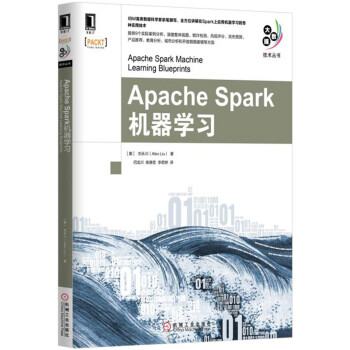
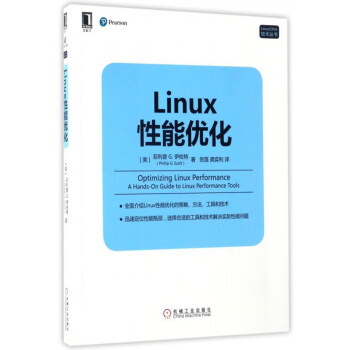
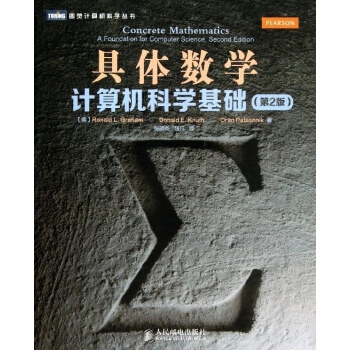
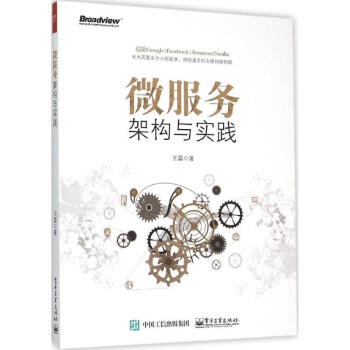

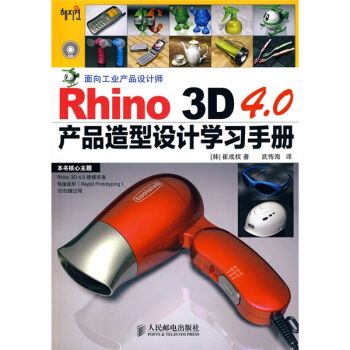
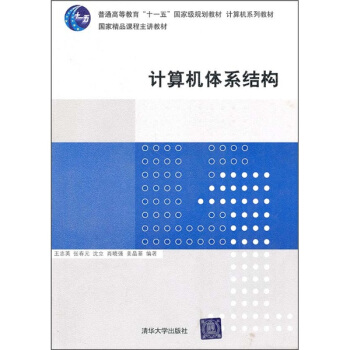
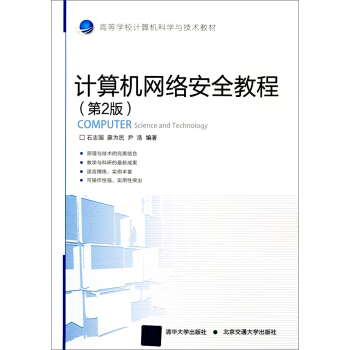
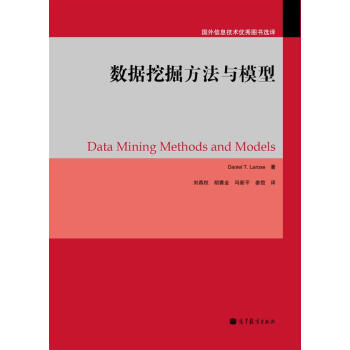
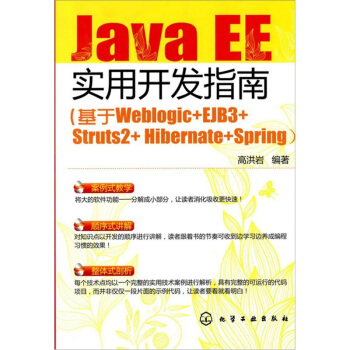

![iPad應用開發實踐指南 [Learning iPad Programming: A Hands-On Guide to Building iPad Apps with iOS 5] pdf epub mobi 電子書 下載](https://pic.tinynews.org/11149991/rBEGDFDOyucIAAAAAADMyaaMre0AABABQGEolkAAMzh744.jpg)
